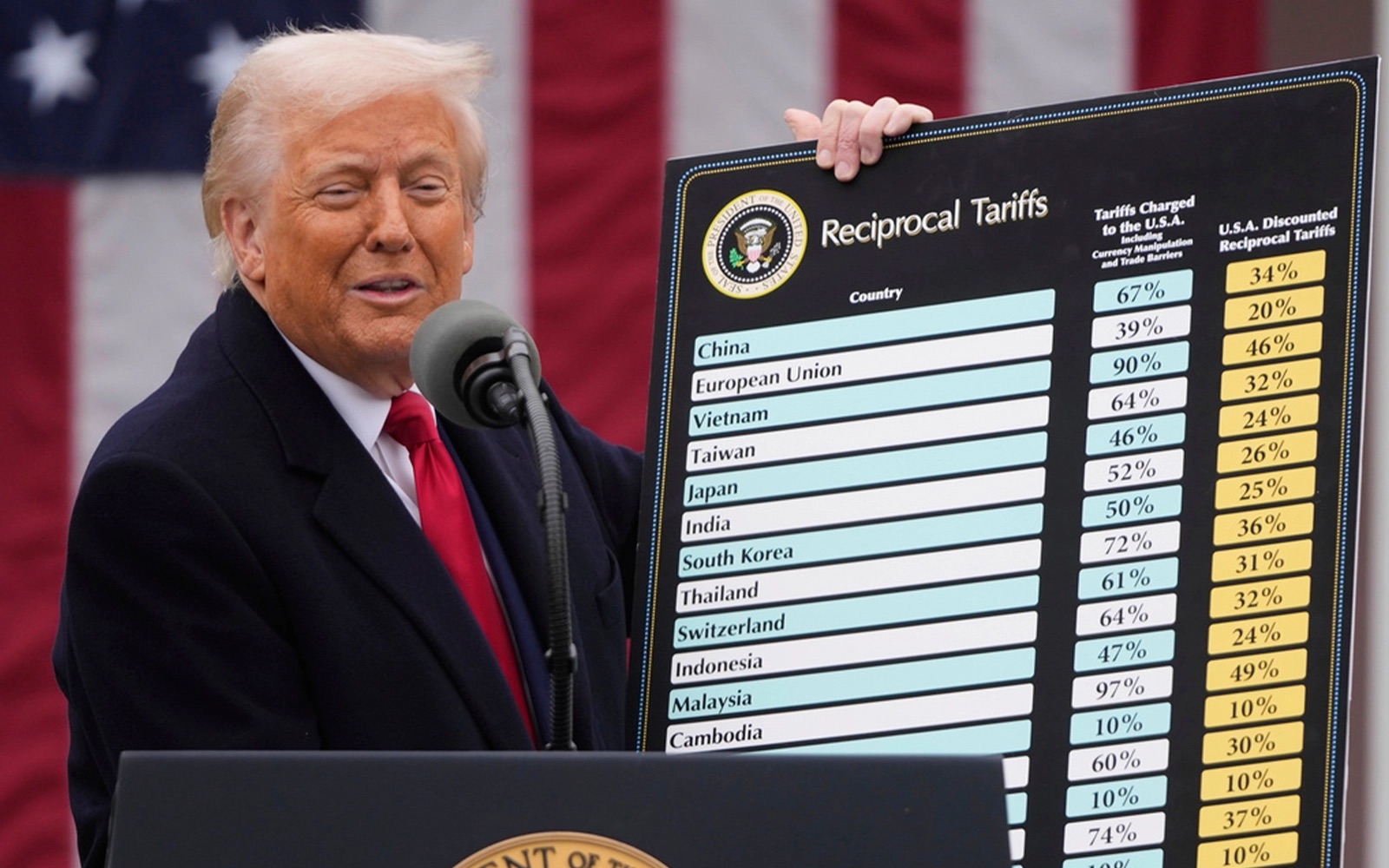
The White House just signaled a sea change in its trade policy. It will suspend tariffs on smartphones, computers, and virtually every other electronic device. This decision follows on the heels of the administration announcing that over 75 countries have contacted them to discuss possible bilateral free trade agreements. Yet, officials have refused to say which countries are the ones to have opened these discussions. The new tariff exclusions will take effect retroactively from 12:01 a.m. on April 5.
Customs Announcement on Tariff Exclusions
U.S. Customs and Border Protection (CBP) just put out a public bulletin announcing those major changes. It explicitly provides that semiconductors are no longer subject to the fundamental 10% tariff that applies to most of the United States’ trading partners. Semiconductors play a critical role in smart sensors. Exempting them from broad spectrum of products, not just high tech sector.
The prior administration had implemented tariffs on nearly every product exported from China. Many of these goods were subject to a crushing 145% tariff. This new order is a direct result of that policy reversal, particularly impacting U.S. consumers that buy smartphones and computers. China plays an outsized role in the global market for electronics, making up over 70 percent of all smartphones made in the world.
Potential Price Increases for Consumers
Industry analysts have warned that such a change would result in higher consumer prices. One industry veteran has even predicted that premium smartphones, such as the upcoming iPhones, could eventually exceed $2,300. This increase is largely a result of continuing shifts in trade policy and market conditions. Today, the White House released a list of excluded products. With a few exceptions on their Harmonized Tariff Schedule numbers, this list includes all smartphones, computers and most electronic devices.
By exempting some products from new tariffs, the administration aims to reduce consumers’ financial strain. It equips us to find our ways through the thicket of international trade relationships. The White House’s action is a strong signaling of the intention to stabilize the emerging electronics market, while negotiations are still ongoing with several other countries.
We know that the situation is changing quickly. Both stakeholders in the tech industry and consumers alike are watching closely to see how these changes will impact the pricing and availability of electronic products in the U.S. market.
What The Author Thinks
While the suspension of tariffs on critical electronics may offer short-term relief for consumers, it is still unclear how long-lasting these changes will be. As negotiations continue and trade policies shift, the industry and consumers alike will need to closely monitor any further adjustments. The White House’s efforts to stabilize the electronics market should be welcomed, but the real test will be in how these adjustments impact long-term pricing and availability.
Featured image credit: FMT
Follow us for more breaking news on DMR
